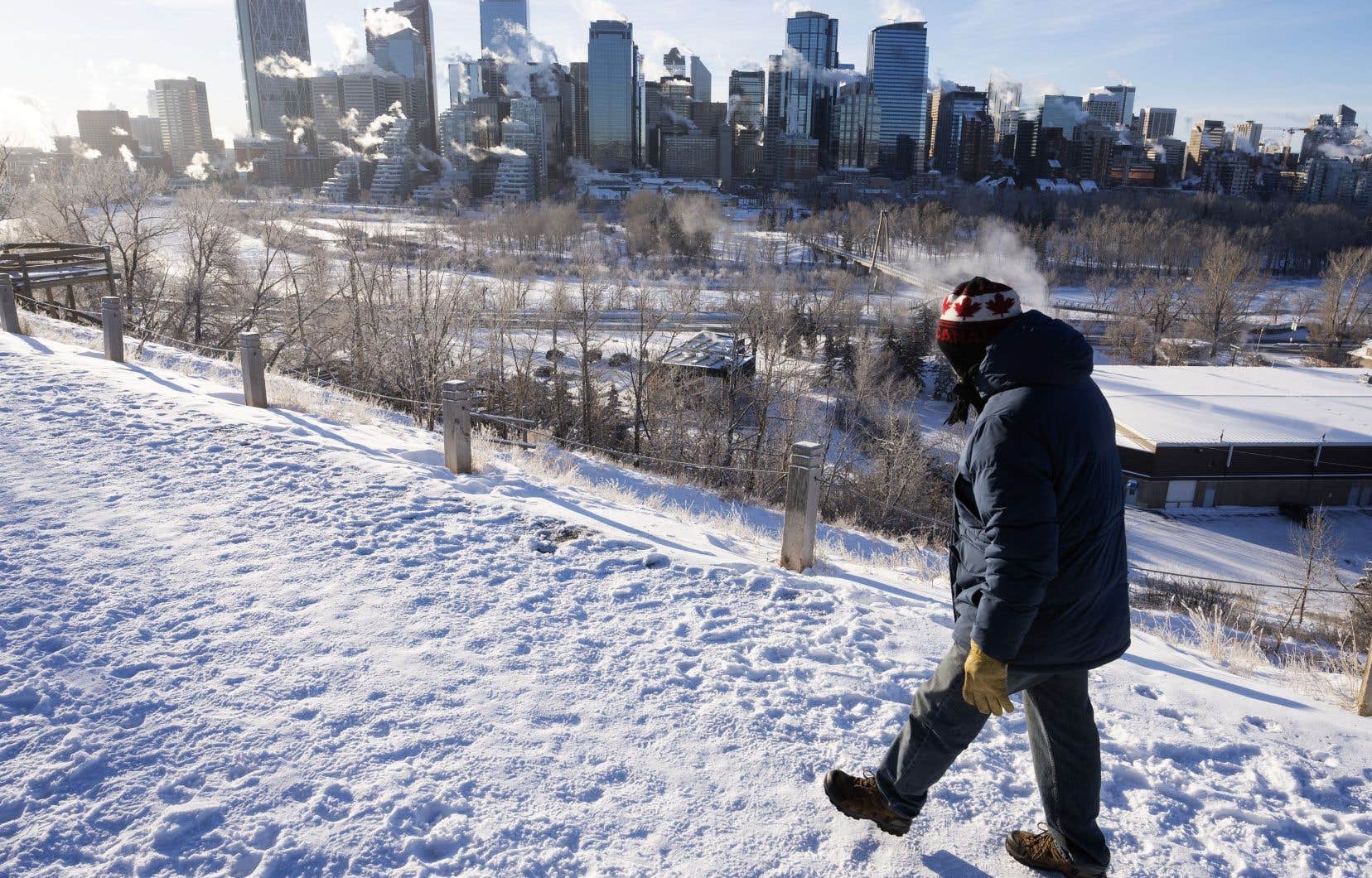At a time when, among 1.5 million Quebec tenant households, the majority receive or are preparing to receive the notice of renewal of their lease, The duty offers an overview of the different ways to limit — or not — rent increases in Canada.
Without limit, or almost
On social networks, several Quebec tenants are surprised these days by the increases requested by their landlord: 63% here, $200 there… If landlords, in Quebec, have the right to demand such amounts, tenants also have the right to refuse them – unlike the norm which prevails in half of Canada, where owners can demand the increase of their choice, without tenants having the opportunity to contest it.
In Alberta, Saskatchewan, Newfoundland and Labrador, Nunavut and the Northwest Territories, there are no rules to limit rent increases. When renewing a lease, the owner submits the increase of his choice. Tenants have two options: accept and stay or refuse and move.
Rents for 4 ½ units in Calgary have increased, on average, by 14.3% in 2023 according to the Canada Mortgage and Housing Corporation (CMHC). This was the highest increase among major Canadian cities in 2023.
“Rents are rising the fastest in Canada in Alberta,” says Dale Whitmore, director of policy and law reform at the Canadian Center for Housing Rights (CCHR). We are also seeing a significant increase in homelessness there. »
In New Brunswick, it is the market price that determines the limit of the requested increase. If the increase exceeds inflation, the Office of Tenant-Landlord Relations can spread the desired increase over several years. Rather than asking for 15% in one year, for example, the owner could ask for 7.5% for two years, or 5% for three years.
Interesting fact: New Brunswick law grants tenants the right to request a rent reduction if the landlord’s fixed expenses decrease or if the landlord has not kept a commitment negotiated during the previous lease renewal.
Note that Newfoundland law offers the least protection to tenants. Since Yukon reformed its law in 2023, Newfoundland and Labrador is the only place in Canada that allows a landlord to evict a tenant without having to provide a reason.
Capped increases
Other provinces instead impose a cap on the rent increases that landlords can request. In Manitoba, allowable increases fluctuate largely with inflation and stand at 3% this year. However, as soon as the cost of housing exceeds $1,615 per month, it escapes the rule and its owner can increase his rent as he wishes.
In Ontario, the cap has been at 2.5% for two years. In British Columbia, it was 2% in 2022 and 3.5% this year — well below annual inflation, estimated at 5.6%.
In these provinces, owners can still demand an increase that exceeds the limit if they have invested major sums in their building, for example to renovate the roof or refurbish the heating system. However, before even submitting the notice of increase to the tenants concerned, they must obtain authorization from authorities similar to the Quebec Administrative Housing Tribunal.
In Quebec, the process works in the opposite direction: the owner can submit the increase of his choice without the approval of the TAL being necessary. If the tenant feels wronged and the two parties cannot reach a compromise, the owner must, however, refer the matter to the Court to justify his increase, which decides disputes based on a calculation grid updated at the start of each month. year.
Note that in Quebec, housing built five years or less is exempt from any form of rent control. The owner of such accommodation can thus request the increase of his choice without the tenant having the right to contest it.
Increase between two leases
Quebec is one of the only places in Canada where the law limits the rent that a landlord can set between two leases. Clause G allows a new occupant to challenge the cost imposed by the owner upon arrival if they consider it excessive in relation to the lowest rent charged over the last 12 months.
Elsewhere in Canada, landlords can increase rents as they see fit when a tenant leaves. “It encourages landlords to evict their tenant for false reasons in order to circumvent the cap imposed by their government,” laments Dale Whitmore.
Nova Scotia and Yukon, for example, began regulating increases during the pandemic to protect tenants in times of COVID-19. Rents, in some cases, have nevertheless soared.
“In Nova Scotia and Yukon, landlords have the option of submitting term-limited leases that do not automatically renew when they expire,” explains Mr. Whitmore. We’re seeing more and more landlords using it to be able to put their home back on the market at the price they want when the lease is up. This makes regulation ineffective. »
Despite the 2% cap imposed since 2020 in Nova Scotia, for example, Halifax saw one of the highest rates of increase in Canada last year, with an average of 11% in 2023 for a 4 1/2 , according to CMHC data.
Ditto in the greater Toronto area, where the rent for two bedrooms increased by an average of 8.7%, despite the 2.5% ceiling set by Ontario.
